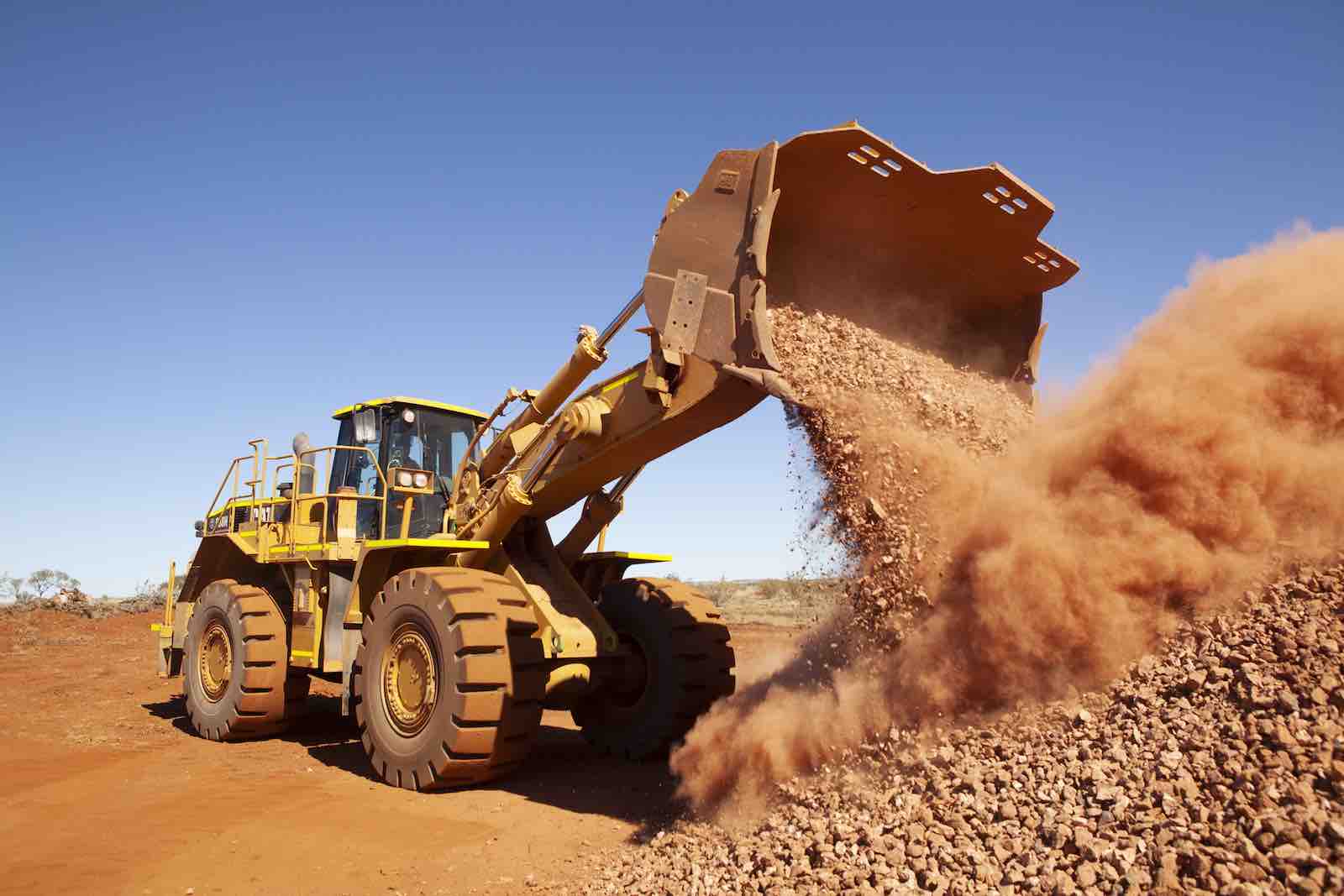Your feedback is important to us. If you enjoyed reading this Global Road Technology industry update and found it informative, please let us know by leaving a REVIEW.
References:

While PM10 dust particles might be small, they carry an outsized health risk. Defined as dust, smoke or liquid particles less than 10 micrometres (0.01 mm) in size, the presence of PM10 in the air is an overall driver of the air quality index.
Whether in solid or liquid forms, particulate matter (PM) is a pollutant most commonly produced by motor vehicles, wood-burning heaters and the industrial world.
Sea salt is also considered a common source of PM10 particles.
There are a variety of PM types, but here are some of the main ones:
PM10 are small enough to travel through the throat and nose before entering the lungs, which is the main issue. And once inhaled, the particles can affect the heart and lungs and cause severe flow-on health effects.
High levels of PM10 in the immediate atmosphere can cause you to cough, your nose to run, and your eyes to sting.
All the fun stuff.
For people with heart or lung conditions, the symptoms can be more worrying and include wheezing, chest tightness and difficulty breathing.
In reality, exposure to PM can cause a range of health effects.
And at this point, we have no threshold below which exposure to PM doesn’t come with adverse health effects.
In fact, multiple studies have shown a link between exposure to particles and increased hospital admissions, alongside death from heart or lung diseases.
Short and long-term exposure to PM is thought to affect the body in different ways.
Hours or days of exposure can lead to:
Many years of exposure can lead to:
If there are high levels of PM10 particles in your area, there are some simple ways to minimise your risk.
According to the EPA, here are the first boxes to tick:
In an industrial setting, dust inhalation can become something workers are exposed to often and on a daily basis.
But there are modern dust suppression systems available to help.
Global Road Technology (GRT) is a world leader in innovative dust suppression technology that helps overcome the global challenge caused by dust in various industries and sectors such as mining, quarries, civil projects, and more.
GRT supplies a range of specially formulated, polymer-based dust suppression products and solutions.
Our products not only prevent the generation of dust but also work to stabilise the road surface.
Each solution has been designed for quick deployment and can be applied easily without adverse environmental impacts.
The GRT dust suppression product line includes the following:
Check out GRT’s total dust suppression solutions with our latest SMART Dosing Solutions!
PM10 dust particles are small but can become a big issue when regular exposure is present.
Produced by motor vehicles, fires and even the ocean, PM10 is everywhere but is of particular concern to the mining and resources industry.
With no known safe limit, minimising exposure to PM10 particles is a primary concern where workers are in the danger zone – near dusty roads or production plants.
As a solution, GRT has developed a unique and powerful dust suppression technologies, designed to protect hard-working resource people with twelve times the effectiveness of water alone.
Your feedback is important to us. If you enjoyed reading this Global Road Technology industry update and found it informative, please let us know by leaving a REVIEW.
References:
https://www.epa.vic.gov.au/for-community/environmental-information/air-quality/pm10-particles-in-the-air.
https://www.health.nsw.gov.au/environment/air/Pages/particulate-matter.aspx#:~:text=PM10%20(particles%20with%20a%20diameter,PM2.
Are environmental regulations, health and safety concerns or potential profit loss a concern right now?
Contact Us Now